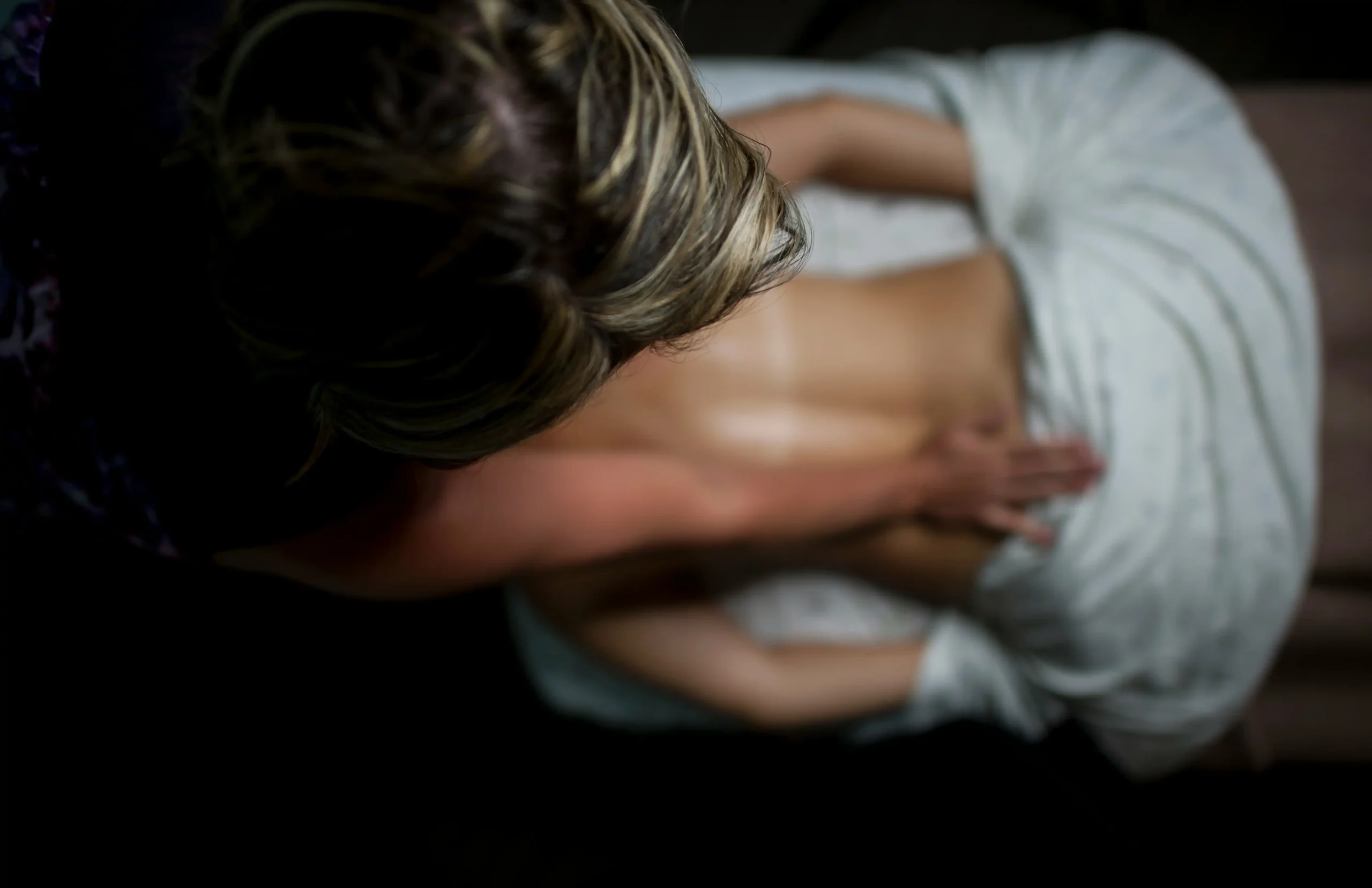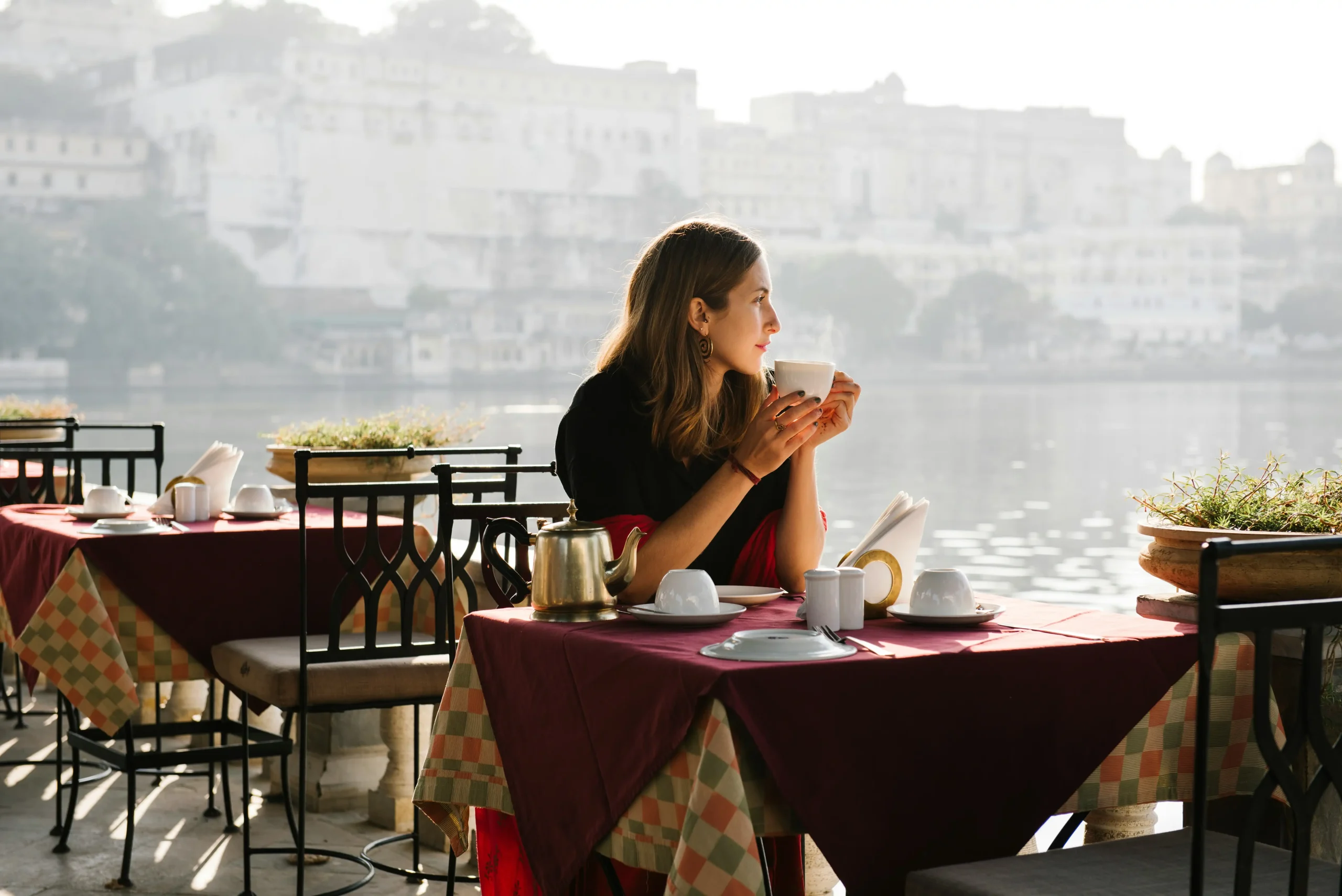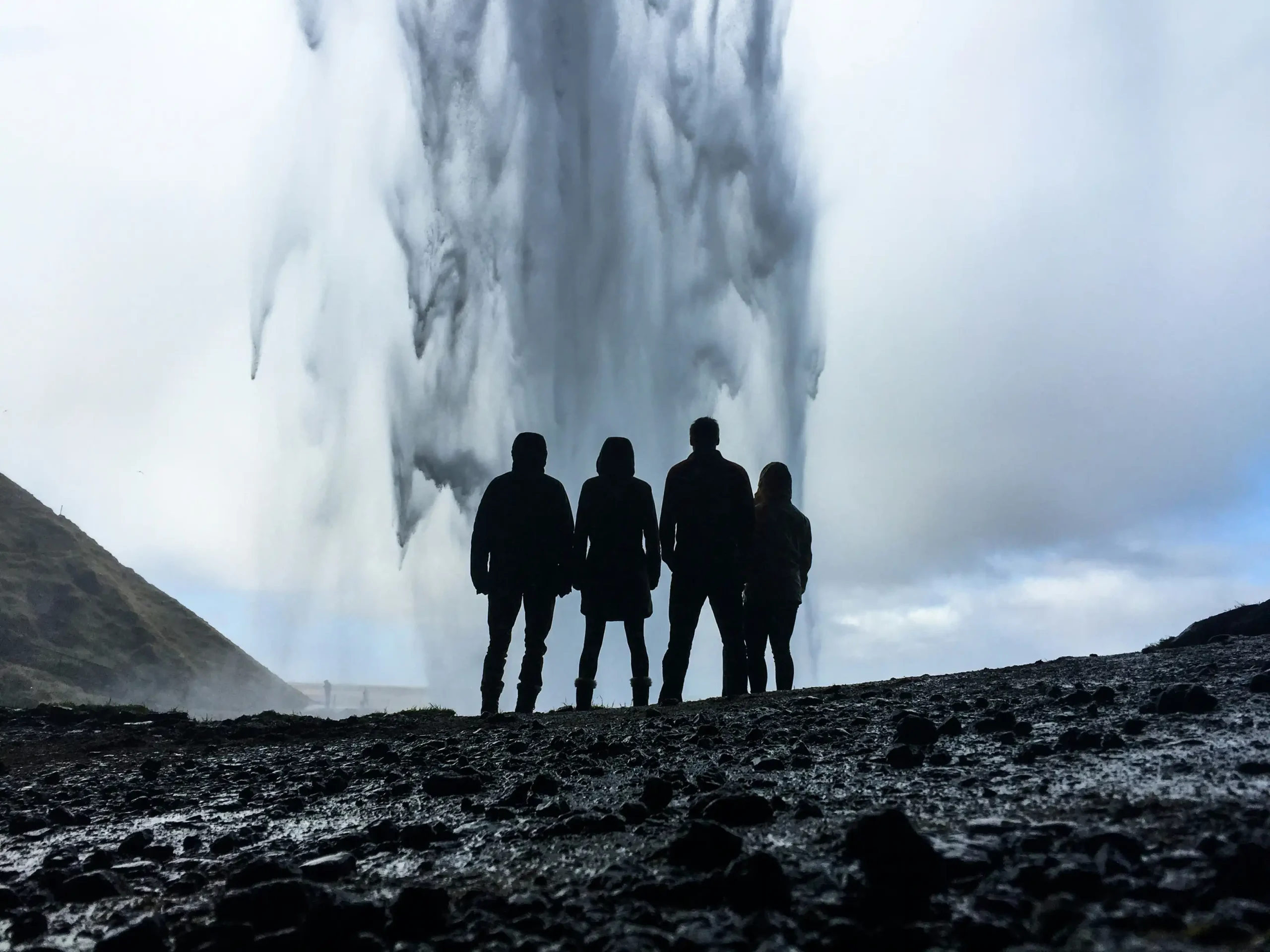Visiting Havana, one can have the impression of participating in a journey to a world that is no longer there: full of cadillacs, cigars and resounding with salsa rhythms. After the outbreak of the revolution in Cuba, time seemed to stop. At the same time, it is not a simple retreat to another era. Here you will notice contrasts and paradoxes at every turn: in the neglected interiors of stylish tenements live the poor, next to a Catholic church you will see a mural with Che Guevara, next to elegant palaces – some socialist realist monstrosity. All of this, however, gives Havana its unique, inimitable atmosphere and charm.
Spis treści:
The most interesting places to see in Havana:
Walking the streets of Old Havana
Old Havana(Havana Vieja) has retained its unique charm and is a reminder of the city’s former glory. Colonial townhouses in all colors of the rainbow still attract attention with their sophisticated details, although the plaster is falling off. Former mansions and palaces are deteriorating, having not been renovated for decades. At the same time, the new era hasn’t arrived yet – even near tourist attractions you won’t see McDonalds, Starbucks or colorful neon signs, and streetlights are extinguished soon after dark due to cost savings. The streets are still lined with horse-drawn carriages and cars from the 1950s. i 60. – Humpbacks, Cadillacs and convertibles, and even toddlers, fondly called “Polkas” in Cuba.
Editorial recommends: The power of hormones in female sexual desire.
One of the most beautiful places in Old Havana is the Old Market, resplendent with Baroque architecture. In the past it was the center of public life in the city – it was here that all kinds of fiestas, festive processions or public executions took place, and it was here that slaves were traded. A very atmospheric corner of the district is also Plaza de la Catedral, where there is a historic cathedral built from coral mined from the bottom of the Gulf of Mexico.

Capitol and Paseo de Marti (Prado)
The Capitol in Havana is one of the most important symbols of pre-revolutionary Cuba. Looking at the monumental one in the center of the city, you may feel that you already know this view from somewhere…. Towering above its surroundings, the white Renaissance-style dome is deceptively reminiscent of the Capitol in Washington. In fact, it is not an exact replica – built between 1926-29, the structure was also largely inspired by the Paris Pantheon and is about one meter larger, wider and taller than its American counterpart. Until the outbreak of the revolution in 1959. It was here that the Cuban Congress was located.
From the Capitol, take a stroll to the Malecon by the Sea along one of the city’s most beautiful and representative avenues, the Paseo de Marti, commonly called the Prado by locals. It’s an elegant walkway built on the model of European boulevards with a wide pedestrian walkway separated from the roadway by low walls. On both sides of Paseo de Marti rise houses inhabited by the former aristocracy, now often sadly very neglected. Restaurant gardens have been set up in the arcades of the townhouses. The monumental buildings are deteriorating, but they haven’t completely lost their beauty; intricate cornices and subtle arches still catch the eye.

Malecón – seaside boulevard
The Malecón is Havana’s waterfront boulevard that stretches for nearly 7 kilometers along the coast-from Castillo de San Salvador de la Punta in La Habana Vieja to the Almendares River, which separates the Vedado and Miramar neighborhoods. Here you can actually experience that you are in the formerly largest and most significant port of the Caribbean. The fortifications, along with the adjacent promenade, were built in 1901, during the American occupation of Cuba, when the military administration decided to build the ramparts.
Now bustling around the clock, the Malecón is one of the most popular social gathering places and an important point in the social life of the Cuban capital. Young people are especially fond of gathering here, sitting on the wall, dating and gossiping, listening to music. It is worth taking a walk on the Malecón both during the day and in the evening. The views are downright breathtaking: waves several meters high break in behind the breakwater with a bang, unceremoniously flooding the main avenue. The dilapidated facades of the townhouses, which are deteriorating from the salty sea water and wind, are adjacent to monumental buildings such as the Hotel Nacional de Cuba and the Castillo de real Fuerza fortress.

El Floridita – a drink with Ernesto Hemingway
El Floridita is a unique bar in Havana with a long history of over 200 years. Opened in 1817 under the name La Piña de Plata, the establishment has played host to a number of prominent people through the years, the most frequently mentioned of whom is Ernest Hemingway. While living in the Ambas Mundos Hotel nearby, the writer was a regular visitor to Floridity. He said: “My mojito in La Bodequita. My daiquiri in El Floridita” (My mojito in La Bodequica, my daiqiri in El Floridita). In the premises he met with many well-known personalities; intellectuals, politicians and movie stars, among whom we can mention Katherine Hepburn, Ava Gardner, and Errol Flynn.
Today, El Floridita is a restaurant with an interesting mix of tradition and modernity, always full of bustle and typically Latin American joie de vivre. Where Hemingway used to sit at the bar, there is a bronze statue depicting him. It is worth going here for a drink and, following the example of the famous writer, order a daiquiri, the recipe for which was developed in this very establishment.
Fans of Hemingway’s prose should also visit the Finca Vigia estate, where the writer wrote much of his novel Who Rings the Bell. It now houses a museum.
Also read: Harry Styles – an artist with many faces
Christopher Columbus Cemetery
A very interesting place, not only for history buffs, is the Christopher Columbus Cemetery (La Necrópolis de Cristóbal Colón) in Havana full of tombstones, mausoleums and sculptures of great artistic value. Although it is difficult to treat the necropolis as a tourist attraction, it is worth stopping here, strolling in silence and taking some time to explore.
Visitors are already impressed by the monumental gate, built in the Romanesque-Byzantine style. After crossing it, you may be a bit surprised to see a four-lane road running among palm trees and white marble tombstones. The most impressive mausoleums are located along the main avenue. What catches the eye is the neo-Romanesque chapel in the center, which looks somewhat like a Florentine cathedral.
The cemetery includes tombstones of novelist Alejo Carpentier (1904-1980), scientist Carlos Finlay (1833-1915), and an art deco style monument to the first couple to receive a divorce in Cuba. Visitors also often stop by the statue of firefighters, or the statue of a woman embracing her young child.
Havana – Revolution Square
Located near the most important government buildings (nearby are the Ministry of the Interior with its mural of Che Guevara, the Revolutionary Committee Headquarters and the Ministry of Science and Telecommunications, among others), Havana’s Revolution Square is another of the city’s most important symbols. It was here that Fidel Castro gave his famous, hours-long speeches, and in 1998. John Paul II celebrated Mass during his pilgrimage to the island.
The centerpiece is the staua of Jose Marti, a 19th-century Cuban poet, thinker and leader of the national liberation movement, which measures more than 120 meters. For a small fee, you can drive to the very top of it.
Havana – the decline of an era. Practical information for travelers to Cuba
A trip to Cuba is a journey not only in space, but also in time: to a place where one has the sense of witnessing the end of an era at every turn. In many ways it is an exciting experience, but when planning a vacation in an authoritarian country, be prepared for some difficulties. For example, mobile Internet on the island does not work. Tourists, meanwhile, can use WiFi in places such as hotels and guesthouses, although low speeds are to be expected.
However, one should not worry about security – on the contrary, the large number of uniformed officers on the streets means that visitors can feel confident. The number of petty thefts is lower than in other countries in the region.
Shopping in Havana. What is the best way to pay in Cuba?
When going to Cuba, you have to reckon with the fact that some products may not be available locally – it is worth being aware of this if you are attached to specific brands, but there should be no problems buying basic everyday products.
Travelers who visited Cuba prior to 2021 may remember that previously there were two currencies in official circulation on the island: the peso cubano – CUP – in which Cubans earn their wages and which they use to pay for purchases at “card” stores, and the peso convertible – CUC, or the so-called ” convertible “. convertible peso, pegged to the U.S. dollar and intended mainly for tourists coming to the island.
Currently, the only official currency in Cuba is the CUP. This causes travelers to collide with the familiar “empty regiments” problems in stores that are well known to older Poles. For this reason, the safest solution will be to take an adequate amount of cash to the island in Euros (not USD!) and exchange only a small amount of money for the local currency at the airport. There are special foreign exchange stores in Cuba, where there is no shortage of goods. There should also be no problem paying in Euros at any tourist places, such as hotels or museums.
It’s also a good idea to carry a debit card, keeping in mind that U.S. banks and financial institutions are not honored in Cuba.
Editorial recommends: Mexico City – explore the fascinating city of culture and art





